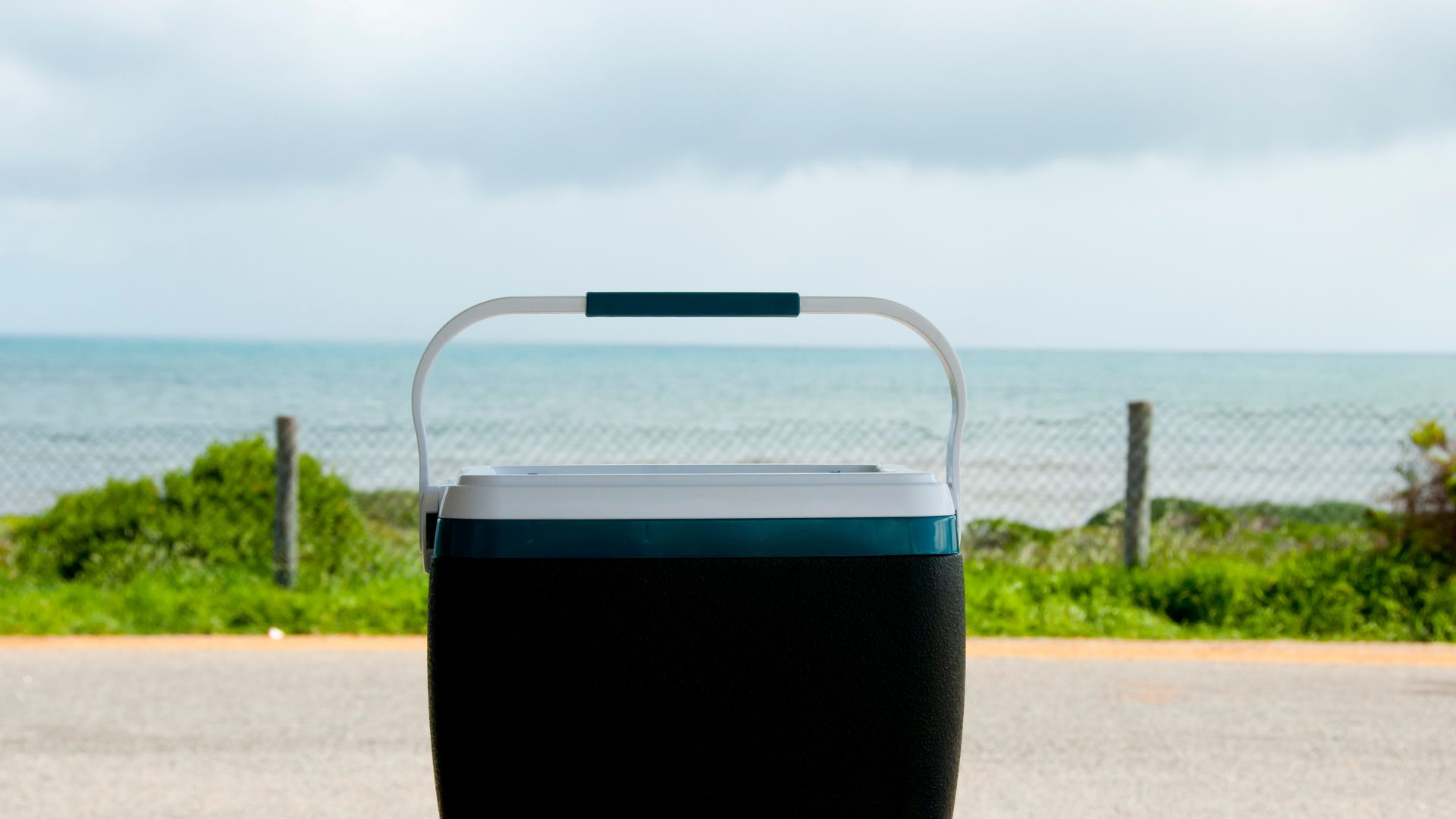Thermal Coolers For Camping

Some individuals require a cooler that keeps food and drinks cold during a weekend camping trip or cross-country road trip.
Finding the best cooler for camping requires considering its capacity, durability and features. A lighter cooler may be damaged easily during rough travel due to bumps and jostles.
Thermoelectric coolers
Thermoelectric coolers are great for traveling. Being compact enough to fit between car seats or in the back of a pickup truck (while still providing shade from sunlight), these portable units keep beverages and snacks cool without cooling the temperature inside as much as a traditional fridge would do.
Adjustable temperature settings will enable you to keep medications or perishables at safe temperatures. Durability and energy efficiency are equally essential; look for coolers with robust construction that features secure closures so it can withstand bumps and jostles as well as ones that use minimal power – this feature would prove particularly helpful on off-grid trips.
If you plan to use your cooler on long trips, look for one with an integrated battery to give hours of cooling per charge. Otherwise, find one powered by either vehicle 12V power sockets or both AC and DC current for optimal off-grid camping experiences.
Thermoplastic coolers
Camping enthusiasts who spend extended time camping require a cooler as an essential tool for keeping food and drinks cold. From hiking up mountain passes, carting snacks to the beach chair, or hosting tailgating parties – rotomolded hard-sided coolers provide reliable solutions.
Rotational molding coolers are more robust than their injection-moulded counterparts as they are constructed as one hollow piece, providing superior resistance against cracking or breaking.
Rigid plastic coolers use up a great deal of embodied energy, similar to other fossil fuel products. This energy is consumed during acquisition of raw materials, processing into polymers and manufacturing/cooling of the product itself. Bio-polymers require less energy for acquisition/production as well as producing less greenhouse gasses over their lifetimes.
Thermoglass coolers
Coolers that feature internal organization and dividers help keep items easily organized. Our tests also indicate that multiple storage areas and temperature zones perform very well; such as the Dometic CFX3 that features three compartments, two temperature zones, an ice maker feature and the capability of making ice, which has become popular with campers and those taking long outdoor adventure trips.
A cooler is also an invaluable asset when fishing or spending time at the beach, providing convenient storage of bait, nets and equipment as well as keeping drinks cold and sand-free. Look for one with wheels for easy transport when full; some even feature USB ports to charge mobile devices while serving as fold-out serving trays! Such versatility makes a cooler an essential camping accessory and saves money over time by eliminating unnecessary purchases during adventures.
Thermoball coolers
At camping, hiking, tailgating, or boat rides a cooler is an invaluable asset to your gear. Insulated coolers that are lightweight and portable are readily available; typically made of rotomolded plastic which offers greater insulation properties as well as locking lids and tight seals making these ideal companions for long journeys in harsh conditions.
General, coolers are designed to keep food and drinks cold for extended periods, depending on your needs and budget. Basic coolers can be great for short trips and backyard gatherings while heavy-duty models are designed for extreme terrain and weather conditions – however these cost more upfront but could save money down the line by eliminating frequent ice purchases as well as spoilage that leads to bacteria contamination – saving both time and money in the process!
